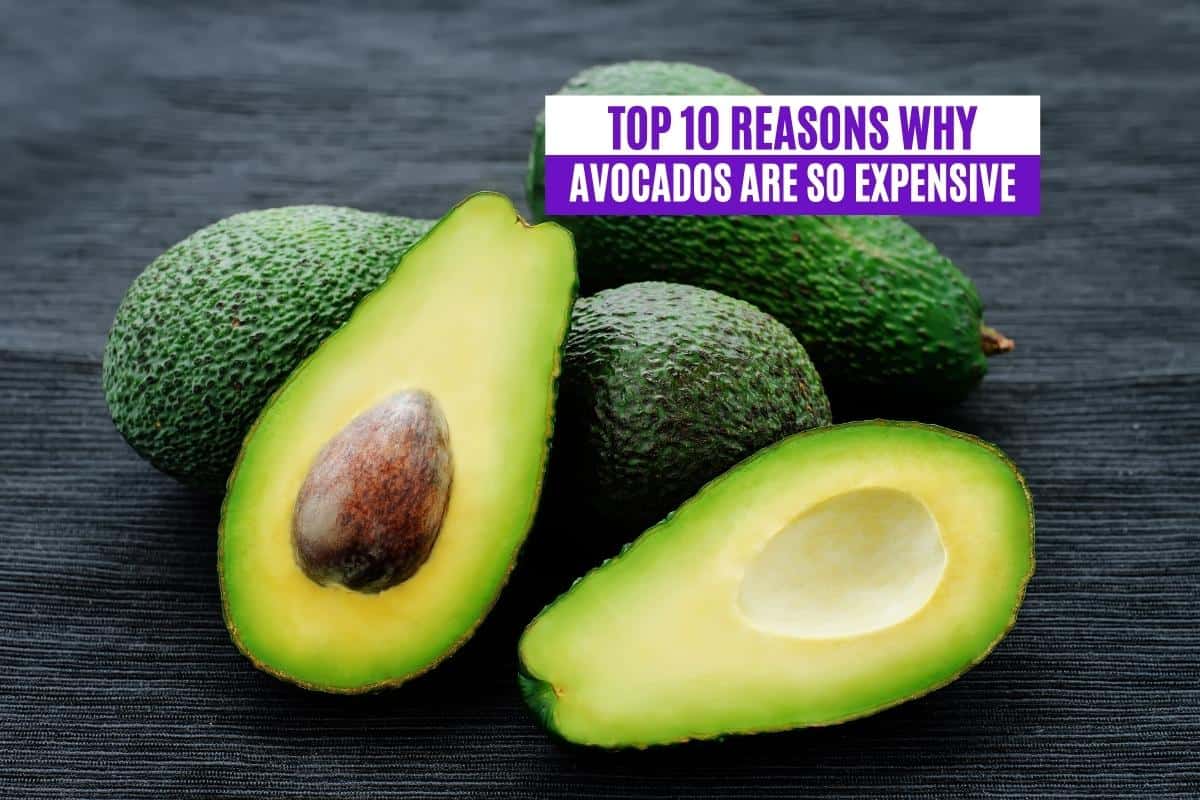You may not believe it, but approximately 105 million pounds of avocados are consumed every Super Bowl Sunday. Whether used for guacamole, Cobb salads or starting your day with a breakfast of avocado toast, the fatty fruit is every bit as wholesome as it is popular. In the world of produce, avocados’ balance in nutrition, versatility, and delicious taste has all but sparked a revolution.
Unfortunately, you might have noticed on your last trip to the grocery store that Hass avocados tend to cost about $2.19 each. Perhaps it’s got you wondering: why are avocados so expensive? As it turns out, the reasons are manifold, as much more goes into an avocado’s trip from the farm to your kitchen than you might’ve realized.
Here Are the Top 10 Reasons Why Avocados Are So Expensive:
- Competitive Growers
- High Demand
- Difficult to Distribute
- Avocado Trees Produce an Inconsistent Number of Avocados
- Avocado Trees Take a Long Time to Produce Fruit
- Growers Are Targets for Crime
- Resources Needed for Growth
- Can Only Be Grown in Certain Areas
- Can Only Be Grown in Season
- Recent Popularity
1. Recent Popularity
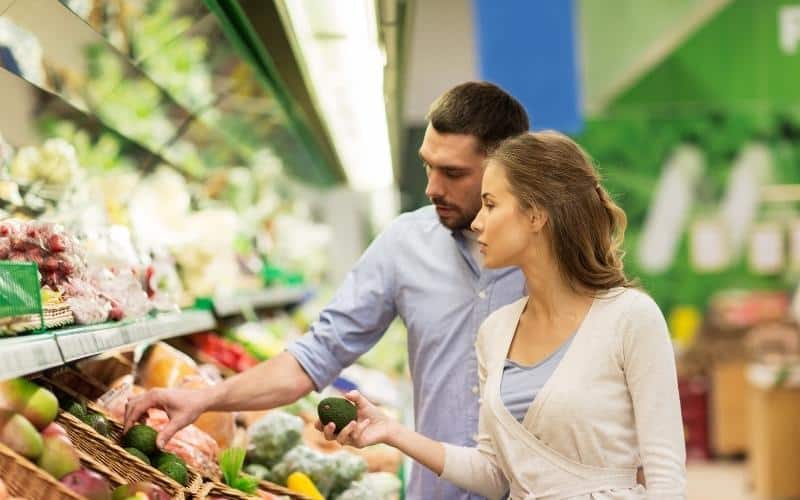
If a part of you feels like you’ve only been noticing things like avocado prices and a general avocado craze only recently, have no fear. It wasn’t always like this!
A great contributor to the cost of avocado is the fact that relatively speaking, avocados only became such a hot commodity within the past couple of decades.
Before the 1990s, Americans could only expect to find avocados in the sunny climates where they could be grown, such as California, Florida, or Hawaii. It wasn’t until the United States relaxed import laws toward Mexico in the nineties that its southern neighbor seized on the opportunity to spread its wealth of avocados to the north.
As a result, the supply and demand of avocados steadily grew from then until now, making for a much hastier and more expensive supply chain than other produce products.
2. Can Only Be Grown In Season
Like any fruit or vegetable, avocados can only be grown in the proper season. As far as growing avocados in the United States goes, this poses quite a bit of difficulty.
For one, California seems to be the only state with the optimal combination of space and seasonal conditions for growing avocados. In fact, California produces about ninety percent of all avocados grown in America.
However, the problem is that the state’s avocado season typically lasts between March and July, only sometimes extending to August. This means that, if you want to buy avocados during any other time of year, there remains no other choice than to buy avocados grown in Mexico. After all, avocados only have so long before they go rotten.
With a growing season so short, American consumers normally find themselves shelling out more money than usual even when they buy domestic. A limited-time harvest makes for a more expensive business to run.
3. Can Only Be Grown In Certain Areas
As indicated by the brief window in which they can only be grown in California, avocados can only flourish in places where the conditions allow for it. This means, to an almost overwhelming degree, that warmer climates south of the U.S.-Mexico border make for far better locations to grow avocados.
As a result, Mexico has become the world’s leading grower of avocados, fueling an industry that produces well over two million tons of avocados every year. The crop has become extremely profitable, with plantations expanding further and further, contributing to significant deforestation.
At the end of the day, there’s no way around it: imported goods are more expensive. Like any foreign-made goods from coffee to cacao and chocolates, Mexican avocados mean American consumers will have to pay more for the fruit’s long trip.
4. Resources Needed for Growth
As if needing highly specific weather conditions wasn’t enough, avocados are a much more demanding crop than most people realize. In order to ensure healthy growth, avocado trees need fertilizer, regular pruning, pest control, and the means to be protected from being sunburnt.
However, the most crucial of all resources an avocado orchard requires is water. To grow just a single pound of avocados, experts estimate that the amount of water needed is somewhere in the realm of 270 liters. Therefore, to grow millions of pounds of avocados, billions of liters of water are required.
As you can understand, avocado orchards demand far more in both resources and manpower than the vast majority of crops. In the end, it’s a collective expense that can’t help but be seen in the price.
5. Growers Are Targets for Crime
When a crop or resource is already valuable, it is rarely of help when the wrong people come to realize it.
As avocado orchards produce more of the profitable fruit and grow more and more successful, they become all the bigger targets for theft and sabotage. In many cases, orchard owners are forced to deploy extraneous anti-theft measures such as security cameras and guards at extra expense.
In addition, cartels have increasingly involved themselves in Mexico’s avocado trade. In the city of Michoacán, which produces eighty percent of Mexico’s avocados, major cartels have begun to threaten orchard owners with violence, extorting them for large sums of money.
The growing problems of crime and violence within the world of avocado trade have come to raise a stir about the ethics of continuing to consume avocados. Either way, the added pressures of larceny, threats, and boycotts altogether mean a greater expense for orchard owners, which must then be reflected to the consumer.
6. Avocado Trees Take a Long Time to Produce Fruit
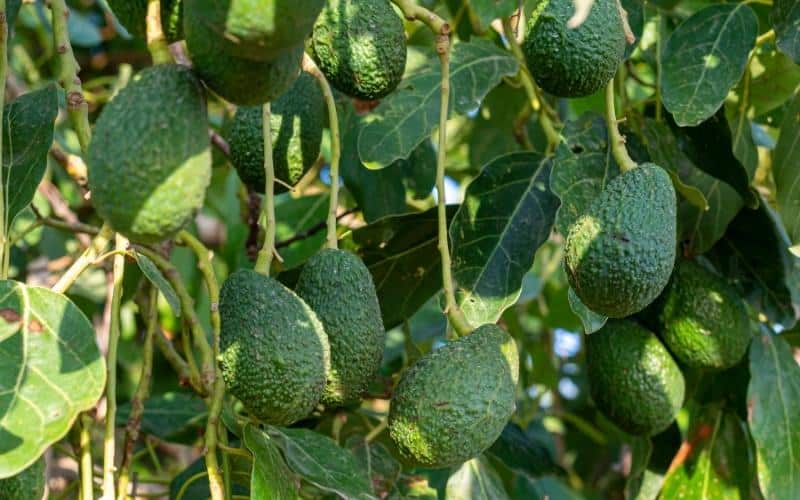
A fact that often goes overlooked by most consumers is just how much of a time investment the growth of avocados requires.
For one, acquiring avocado trees themselves is no easy feat. In most cases, the trees need to be sourced from certified nurseries, from which avocado orchards owners also need to place orders years in advance. From there, avocado trees can take anywhere between three and five years from first being planted to flower and produce fruit.
However, if an orchard owner decides not to source his trees from elsewhere and plant seeds instead, that can mean even more waiting. Starting with the seed of an avocado tree means having to wait an average of up to thirteen years. In the end, avocado orchard owners must make careful decisions as to which time investments they can afford to make to maximize profits.
In any trade, time is money, and the growth and harvesting of avocados require far more time than most.
7. Avocado Trees Produce an Inconsistent Number of Avocados
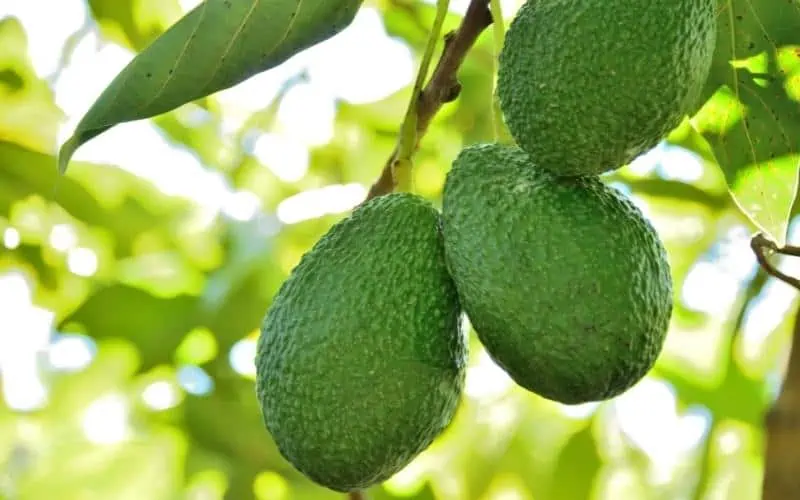
When growing any crop, it is always in your best interest to produce a consistent crop size each year. With avocados, however, this poses some extra difficulty, as avocado trees do not produce the same amount of fruit year to year.
Like a lot of fruit-bearing trees, avocado trees adopt what’s called an alternate bearing cycle. This means that the amount of fruit an avocado tree bears works on an “on again, off again” pattern.
During an “on” year, an avocado tree will produce a large amount of fruit, which in turn inhibits the flowering of new fruit. Because of this, the tree will produce far less fruit the following year, which will leave more space and freedom for new fruits to flower. Thus, the cycle continues.
Avocado growers, therefore, need to take extra care to maintain consistency in crop sizes. Producing the right amount of avocados through plants’ “on” years and “off” years requires additional care and delicate balance. Once again, this comes at an added expense.
8. Difficult to Distribute
Even after the avocados are grown and pruned, the avocado industry’s costly demands are far from over. The next great hurdle is making sure the avocados can be shipped all across the planet in time to be ripe enough for purchase.
Because avocados are a very dense fruit, the collective weight of a shipment means more space, gas, and labor must be used to transport them.
From there, even further care is taken to ensure the ideal level of ripeness for the average consumer. Many avocados are brought to ripening centers, at which heat and ethylene are used to hasten the ripening process. This way, consumers can expect their purchased avocado to be ripe in as few as a couple of days instead of having to wait over a week.
As you could likely guess, all this additional care does not come cheap.
9. High Demand
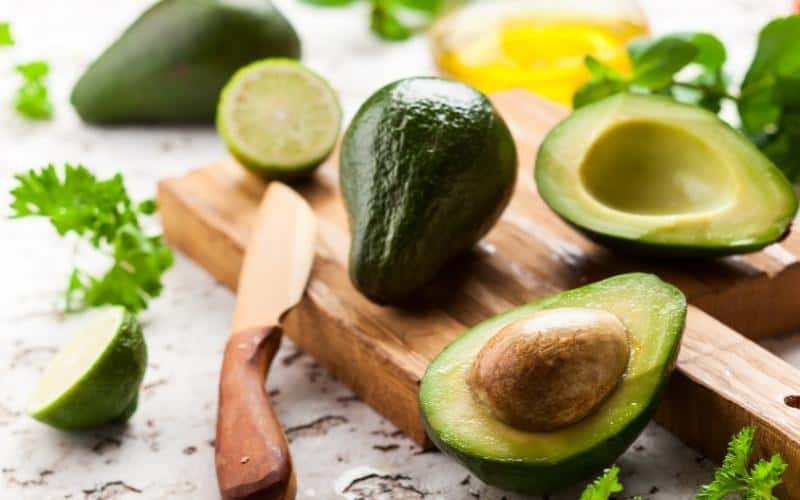
As with any highly coveted superfood, from avocados to lobster, increased demand will always mean a steep rise in price. However, as alluded to earlier, it is not an exaggeration to call the demand for avocados a full-on health craze.
Once the low-fat diet culture trends of the 1980s steadily waned toward the end of the twentieth century, avocados quickly rose to prominence. Thanks to its monounsaturated fat content (or “good fats”), avocados have since become a staple of healthful cuisine.
Though very often enjoyed for being both delicious and filling, avocados also enjoy a rare position of prestige in the “clean eating” lifestyle. From fancy restaurants to small cafes to chains like Chipotle or Subway, avocados are made increasingly available as a side, topping, or garnish. For an additional cost, some avocado accompaniment can be provided for a growing number of meals, lending them a more wholesome and healthy impression.
Avocados have even become their own sort of hip, chic aesthetic among healthy eaters and diet culture enthusiasts. Simply searching “avocado” on Instagram will yield millions of photos of organic, health-conscious meals and recipes.
There’s no way around it: the craze for avocados seems here to stay, and may even intensify. Unfortunately, we all know what happens to prices when demand doesn’t drop.
10. Why Are Avocados So Expensive? Growers Want to Keep It That Way
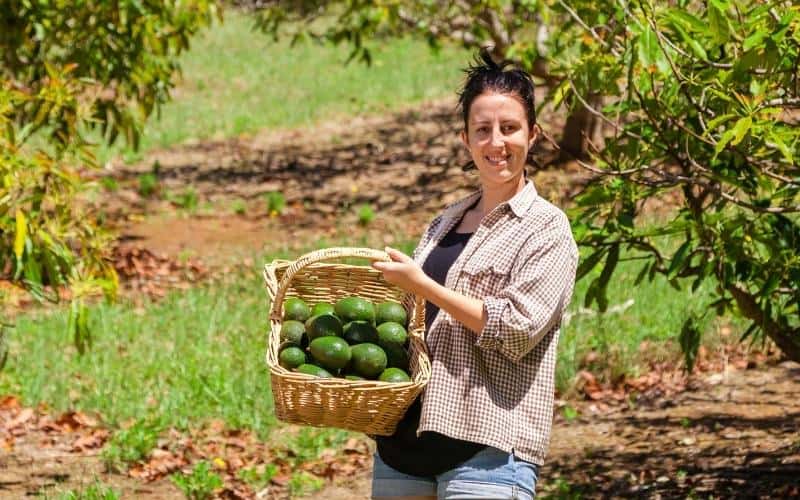
From high demand to rigorous growing practices to laborious shipping methods, many factors conspire together to keep avocado prices high. Nonetheless, one key determinant creates a near-certainty that the steep prices of avocados stay fixed: the fact that the market has already played its hand. From here, growers are unlikely to allow any sort of decline in their crop’s value, especially with the amount of difficulty involved on their end.
When precarious crops like avocados attain the high value they enjoy, such value often becomes a self-fulfilling prophecy. After all, owners of avocado orchards stay in stiff competition with one another.
Each year, particularly in Mexico, the amount of land used for growing avocados continues to expand. A drop in the price of avocados means fewer profits for growers, which means further difficulties in expanding the growth of a crop that is already quite difficult to grow.
As long as the market stays alive and the world keeps spinning, competition will keep avocados no cheaper tomorrow than they are today.
A Valuable Superfood Like No Other
When viewed in totality, the common quandary of “Why are avocados so expensive?” becomes a lot less of a mystery. Just as we might take the health benefits of a delicious fruit for granted, the attention and labor involved to produce it can be easy to overlook.
Next time you buy an avocado, just remember all it took to reach you!
However, avocados are far from the only nutritious luxury with a much-earned high price tag. Check out our other expensive food and drink blogs to learn even more!

